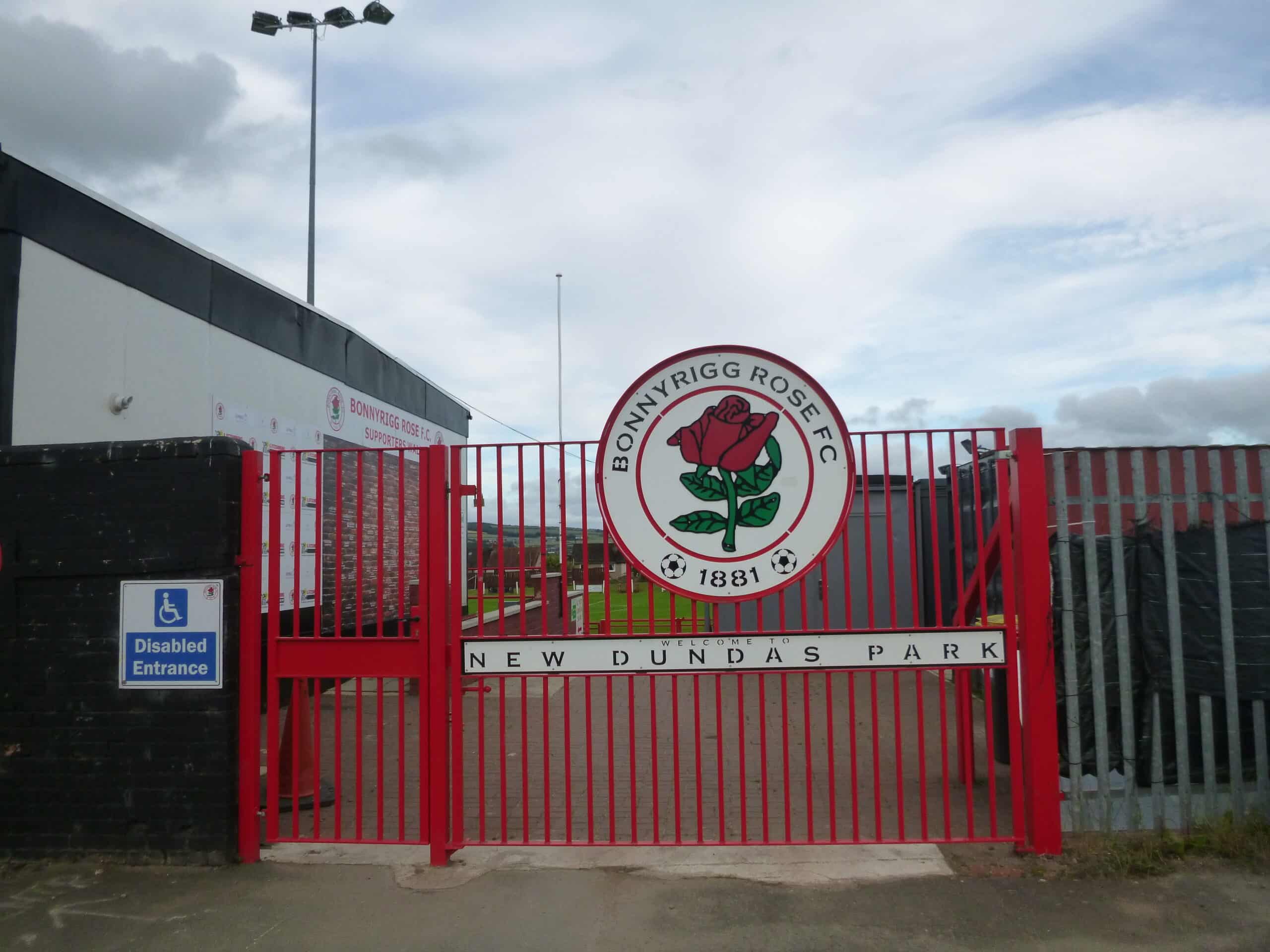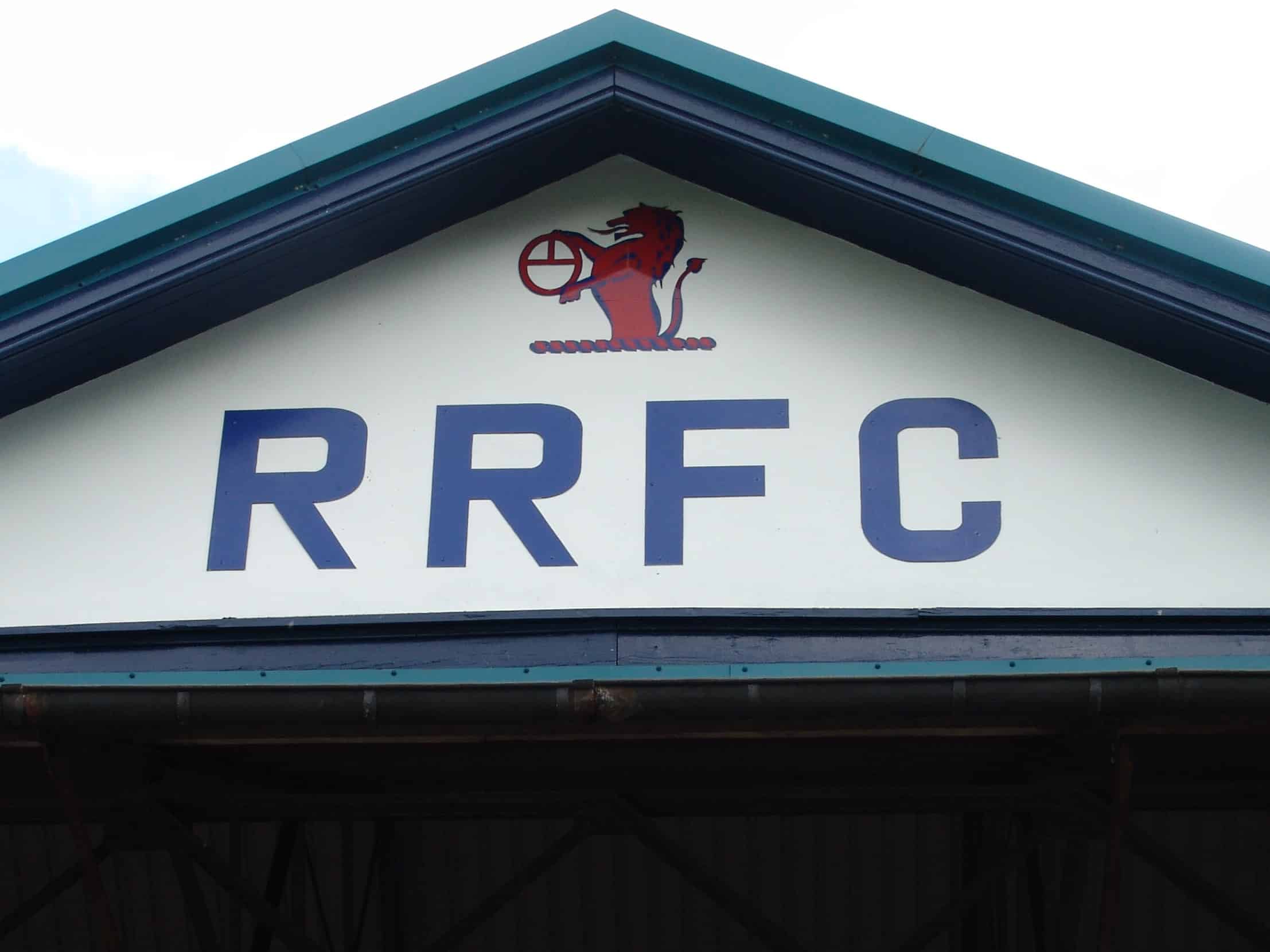A fan’s guide – the club from early doors to today
Winners of all three major Scottish honours and participants in what were the three main European competitions, Kilmarnock FC bounced back to the top flight after a run of nearly three decades stretching back to 1993.
The club’s heyday came in the 1960s when Killie won the Scottish League, finished runners-up four times and reached the semi-finals of the Inter-City Fairs Cup.
Founded in 1869, making the club the oldest professional one in Scotland, Kilmarnock didn’t join the Scottish League until 1895 though it required two consecutive wins of the Second Division until they were elected to the First four years later.
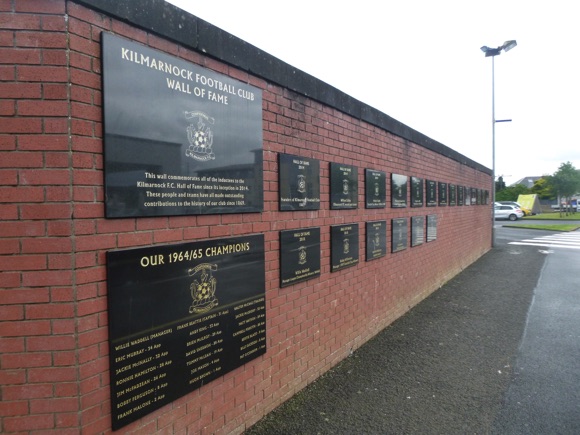

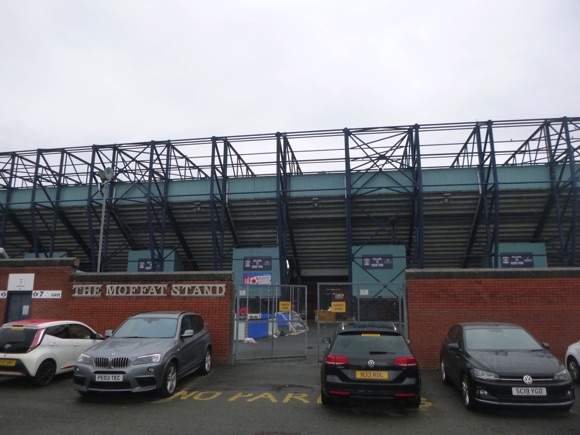


Killie also took part in what is thought to be the first ever match in the Scottish Cup, a 2-0 defeat at Renton in 1873, but it took half a century for the club to win the trophy, twice, in the 1920s. In 1920, two 3-2 victories saw Kilmarnock beat Morton in the semi-final then Albion Rovers in the final. Scorer of the winning goal that day, Jack Smith, would then score three years later for Bolton in the so-called White Horse Final south of the border.
In 1929, Kilmarnock surprised many by beating Celtic 1-0 in the semi-final then Rangers 2-0 at the showdown at Hampden, before nearly 115,000 people.
It was former Rangers winger Willie Waddell, a nine-time Scottish League and Cup winner, who took Kilmarnock to another level when he arrived as manager in 1957. Killie had just come out of a first spell in the second flight since 1899 and within three years were the second-best team in the land and runners-up in the Scottish Cup final.
From then top Junior (ie non-league) side Lugar Boswell Thistle in Ayrshire, forwards Andy Kerr and Bertie Black flourished at Rugby Park under Waddell, though the real key was the new manager’s conversion of demotivated forward Frank Beattie into an influential half-back and team captain.

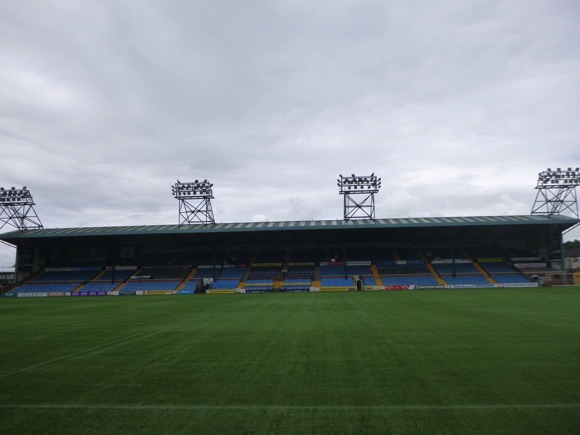
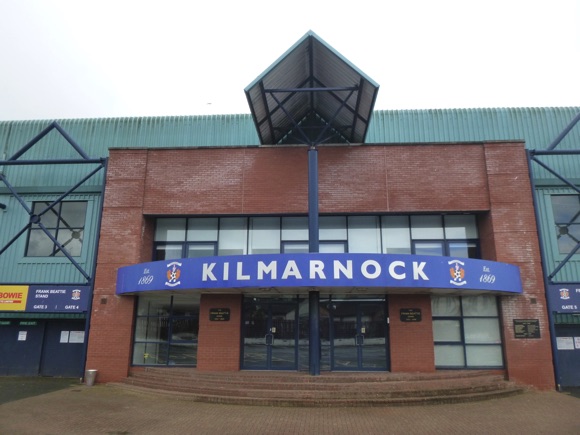



All came to fruition in 1964-65. Starting the campaign with a crowd-pleasing 5-1 second-leg win at home to Eintracht Frankfurt, reversing a 0-3 scoreline in their European debut, Killie maintained strong domestic league form. While Everton easily put paid to further Fairs Cup progress, Killie went into the last league game of the season needing to win 2-0 at leaders Hearts.
Remarkably, they achieved it, winning their one and only league title – though it was their defensive record of conceding under a goal a game that kept Killie on top. Davie Sneddon and Brian McIlroy scored the two vital goals at Tynecastle but later West Ham regular Bobby Ferguson, a KFC youth product, was responsible for the title-winning save at the death.
Immediately afterwards, Waddell moved on – to newspapers. Killie embarked on another European odyssey, away in Tirana, for 17 Nëntori’s international debut. A late 1-0 win at Rugby Park led to a glamour tie with eventual European Cup winners Real Madrid, a 2-2 home draw followed by a 5-1 defeat in Spain.
The following year saw Killie’s best run in Europe, culminating in a semi-final defeat to Don Revie’s Leeds in the Fairs Cup.

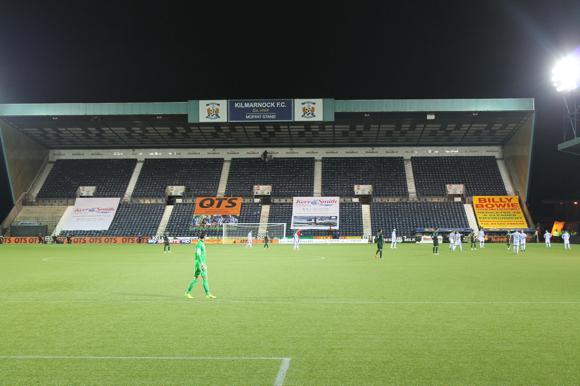
In 1973, for the first time in 20 years, Kilmarnock lost top-flight status and even sank as low as the third before bouncing back in 1993. Bobby Williamson, whose goals helped take Killie up, was then in charge when the club reached another Scottish Cup final in 1997. The Killie team who won it, though, had been built by his managerial opponent Alex Totten, in the mid-1990s. A solitary, scuffed strike by Paul Wright sank Falkirk at Ibrox.
Now settled in the Scottish Premiership, Kilmarnock won further silverware in 2012 with a surprise League Cup victory over Celtic, the final decided with a late goal from Belgian substitute Dieter Van Turnhout. Hampden had also staged the semi-final, Killie eventually breaking down local rivals Ayr with a single strike in extra-time.
Killie manager Lee Clark steered the club to a Premiership play-off win over Falkirk in May 2016 but it was life-long Kilmarnock fan Steve Clarke who transformed the club in 2017-18, in his first managerial post in his native Scotland. Coming into the job with Killie bottom of the Premiership, Clarke motivated his new charges to earn a 1-1 draw at Rangers then, the same week, a similar result at Celtic.
Later in the season they even beat the Hoops, pushing the club one below a European place. In the cup, only penalties separated Clarke’s men from a semi-final berth, Aberdeen showing the most composure. Named Manager of the Year, Clarke would be the first to acknowledge the huge contribution made by veteran striker Kris Boyd, whose brace helped beat his old club, Rangers, and elevate him to top Premiership scorer for 2017-18.


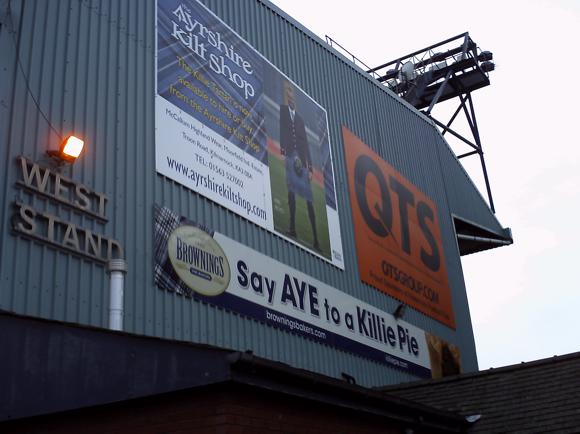
Remarkably, Killie kicked on from there, beating the Old Firm thrice in 2018-19. Hero of the hour was young forward Eamonn Brophy, whose last-minute penalty in the last game to beat Rangers lifted Kilmarnock above Aberdeen to qualify for Europe for the first time since 2001.
Clarke was not only Manager of the Year once more, he was then given the Scotland job, eventually transforming the national side after years of under-achievement. His departure left Kilmarnock treading water, beaten by Welsh side Connah’s Quay Nomads in the Europa League and stringing together a run of defeats either side of Christmas before pandemic stopped play.
It was a similar scenario in 2020-21, except that it ended in relegation after 28 consecutive campaigns at the top. A season in the Championship eventually galvanised the club, young striker Oli Shaw thriving in front of goal and 11,500 gathered at Rugby Park for the vital promotion decider with Arbroath.
After a shaky campaign in 2022-23, Killie found their feet in 2023-24, much-travelled striker Kyle Vassell showing the same form that seemed to desert him at Peterborough and Rotherham.







Ground Guide
The field of dreams – and the story behind it
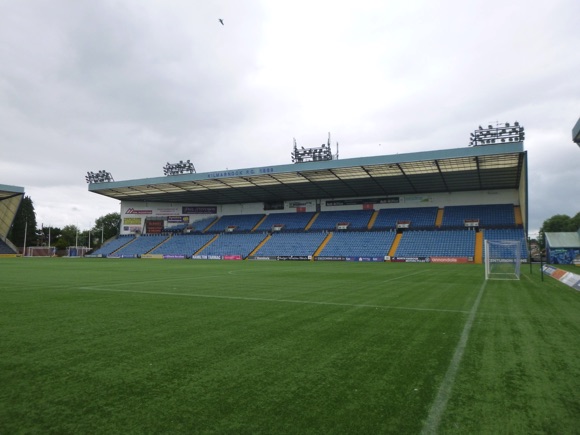

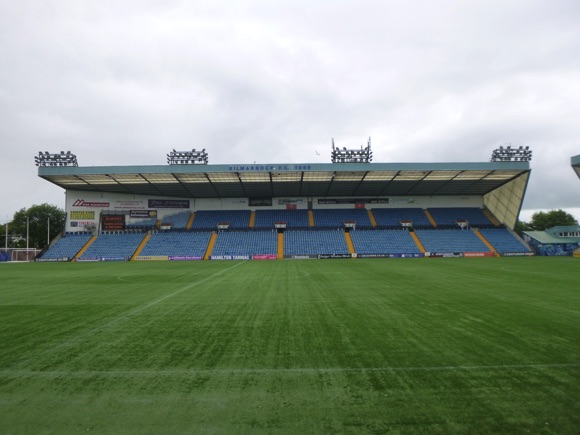
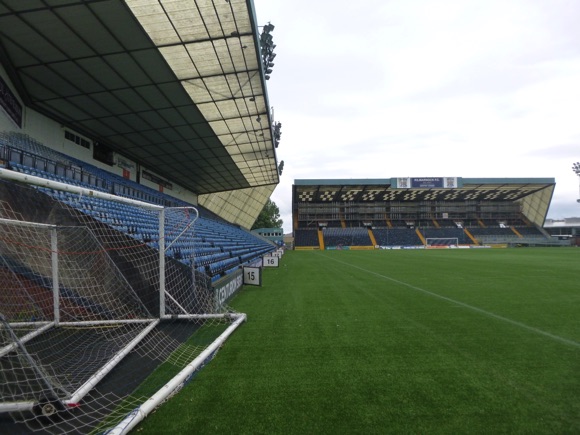


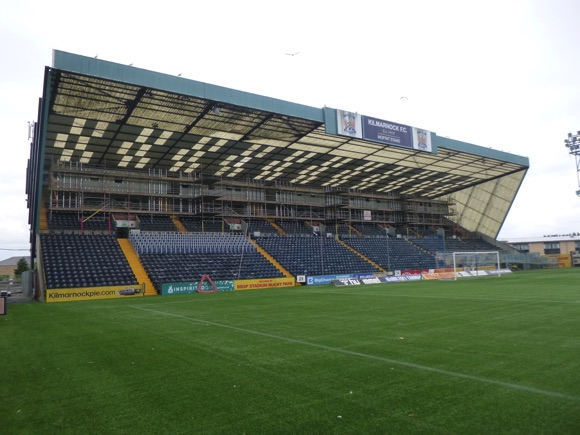
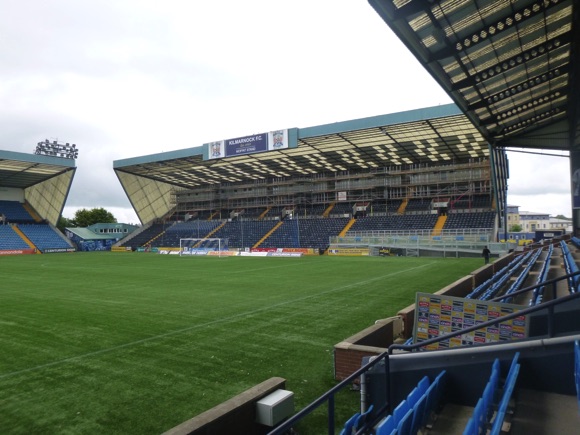

Completely revamped in the mid-1990s after Kilmarnock regained Premiership status, Rugby Park has been the club’s home since 1877. More accurately, this particular site has staged Killie matches since 1899 – the previous pitch was a short walk away on South Hamilton Street.
The ground saw record crowds in the glory years of the 1960s but the change to an all-seater stadium 30 years later reduced capacity to 18,000. Today, it’s 15,000.
While there has been little change to the main stand – except in its name, Frank Beattie, after the 1965 title-winning captain – the three surroundings stands were all built in 1994-95. The Moffat Stand is the home end, with visiting supporters allocated the Chadwick Stand opposite. On the facing sideline to the main stand is the East Stand, two-tiered like the rest of the ground.
An artificial pitch was installed in 2014.
getting here
Going to the ground – tips and timings



With no bus connections between Kilmarnock train station and stadium, the only choice is either to walk (15-20mins, down John Finnie Street, turn right at Portland Road then left down South Hamilton Street) or take a taxi (about £7).
Services in the direction of Rugby Park set off from the bus station by the Burns shopping mall but require a longish walk afterwards – so almost not worth the bother in the first place. The most regular is the 11, to the opposite Fullarton Street on Portland Road.
The 10 drops you closer, opposite Seaford Street on Dundonald Road, but only runs every hour, while the 110 is even less frequent, although stops right by South Hamilton Street on Portland Road.
The sat nav code for Rugby Park is KA1 2DP – although the club advises you use KA1 1UR for Dundonald Place on the hotel side of the ground. That would be for non-match days – parking at the ground and access to Rugby Road are otherwise restricted.
Residents may take advantage of the on-site parking at the Park Hotel next to the stadium. For Pay & Display elsewhere, parking is charged up to 5pm, Mon-Sat. it’s otherwise free evenings and Sundays. It costs £3 to park along nearby Dundonald Road (KA1 1RX) for 2hrs 30mins.
getting in
Buying tickets – when, where, how and how much

The ticket office at Rugby Park generally operates Tue-Fri 10am-1pm, 2pm-5pm, and from 10am on Saturdays at least two weeks before home games. There are also online sales. For all enquiries, contact the club on 01563 545 311 or at tickets@ kilmarnockfc.co.uk.
With average attendances in the 6,000 range, and capacity 15,000, availability is rarely a problem.
Prices are set at an across-the-board £25, £20 for over-65s, students and under-21s, £15 for under-18s and £8 for under-16s. Under-5s may enter free, with an adult paying full price, but contact the ticket office (see above) to arrange this.
For the visits of Celtic and Rangers, prices increase by around £5-£6, and you should check with the club about sales on the day.
what to buy
Shirts, kits, merchandise and gifts
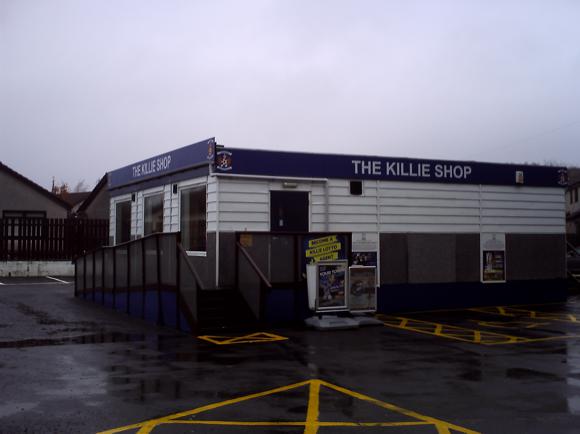
The Killie Shop (Mon-Fri 9am-5pm, Sat 10am-4pm, weekday match days 9am-kick-off, Sat match days 10am-5.30pm) stocks items such as scarves (‘Mon The Killie’), dog jumpers and bobble hats.
The storied blue-and-white striped home shirt currently features white sleeves, the away top red with blue pentagon shapes across the chest. Third choice is a muddle of dark blue, red and yellow. Retro tops include the simple one worn by the title-winning side of 1965 and the hoops of 1985.
Where to Drink
Pre-match beers for fans and casual visitors






While pubs in the city centre are close enough to be patronised pre-match, a few venues nearer Rugby Park are more convenient.
By the junction with Portland Road on Grange Street, the Brass & Granite is popular with the Killie faithful, mainly thanks to its range of beers and ciders, its interior done out with KFC shirts and line-ups down the seasons.
Currently, however, it’s looking for new owners – it should be a little blue-and-white goldmine. Mack’s Bar next door is a small, lively local with a regular football clientele.
Once busy on match days though further away from Rugby Park, the Howard Arms on Glencairn Square is a large, traditional pub with its own Blue Room for home fans and buses laid on to away games. Again, this is currently looking for new owners.
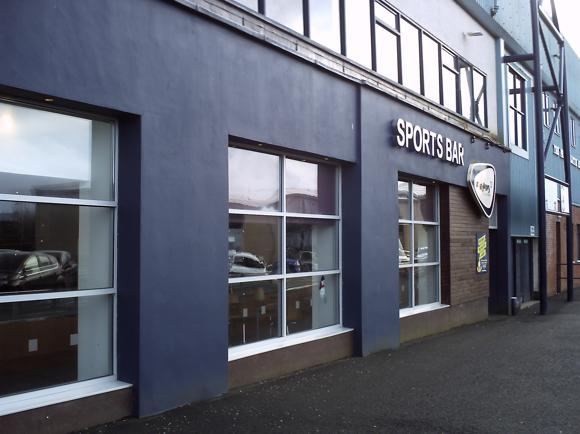





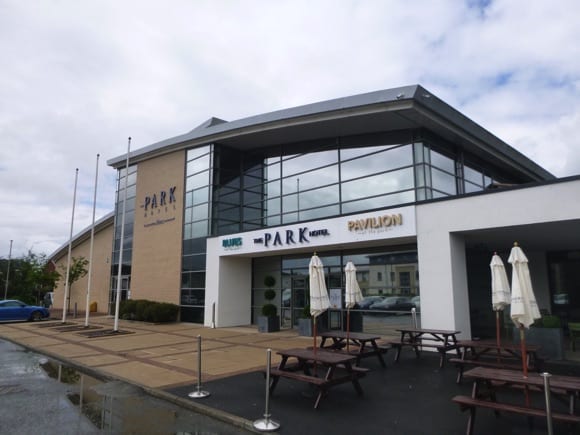

Visiting fans are welcome at the nearby Burns Inn, another Killie stronghold with big-screen TV sports, recently under new management.
At Rugby Park itself, home and away fans are welcome at the adult-only Sports Bar behind the main stand, with framed shirts and TV screens over the counter. Along with a range of beers, on offer is the legendary Killie pie, a revered, meat-filled delicacy.
Those lucky enough to have hospitality packages can treat themselves in the Champions’ Lounge or the 1869 Suite. For a taste of the good life, you can also book a semi-private booth at Blues at the Park, the upscale eatery at the Park Hotel beside the ground.











